On Friday 19 September SINTEF and the University of Oslo (UiO) celebrated the 10th anniversary of the opening of the Microsystems and Nanotechnology Laboratory, known as 'MiNaLab', in Oslo...
SINTEF search

Contact us: Inger Anne Tøndel SINTEF has, under contract for the Norwegian Agency for Public Sector Management and eGovernment (Difi), carried out a needs assessment within public...
Greener ship propellers
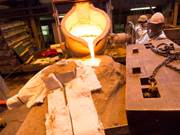
New technology almost halves the amount of metal that has to be melted in order to cast a propeller blade. This was tested for the first time on an industrial scale at Oshaug Metall in Molde....
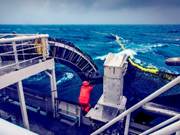
These nets can be as much as one kilometre in circumference when deployed, and a single cast can result in a catch of up to 1000 tonnes. This is an enormous volume of fish, and means that the...
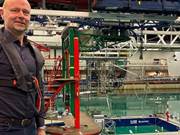
Founder Trond Lysklætt in front of the submersible cage in the Ocean Laboratory. Photo: Henriette Louise Krogness, SINTEF Ocean Standard No question where the founders plan to test their...

When capturing CO2 from industrial sources, a capture agent is used, most often amine solvents. A new report provides guidelines on how industry can choose the right solvent technology. When CO2...

A unique collaboration between African and European research scientists demonstrates how large African cities can electrify private transport using solar power and smart planning. The new study,...
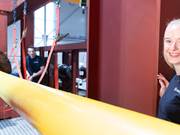
How much tension can the cable withstand, how strong is it, and what ultimately causes the cable to fail? Skilled worker Mia Bolland Samdal checks the layout. Photo: Kai Dragland Standard Dynamic...

Insurance companies are seeing an increase in the number of fraudulent claims they receive. This is particularly worrying given that we know that fake news spreads ten times faster than the...
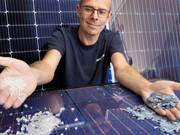
A lab full of sunshine: Martin Bellman of SINTEF has researched solar panels for years. Now he's coordinating the project that will allow us to recycle the materials they use. Photo: Thor...
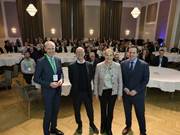
Sustainable shipping and increased value creation in Norwegian industry are the goals for one of the world's largest maritime research centres. 60 of the project's partners met in Trondheim...
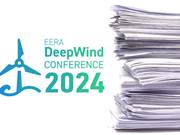
The SINTEF-sponsored EERA DeepWind offshore wind energy R&I conference has just announced that papers related to its most recent edition have been published. A total of 50 papers from EERA...

Something that researchers are very eager to find out about is whether e-scooters have any impacts on our health. Stock photo: iStock Notes The NPRA can use its road network design strategies to...
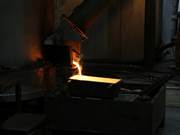
The research center Zero Emissions Metal Production (FME ZeMe) aims to develop solutions that contribute to a carbon-neutral metal industry in Norway by 2050. The Norwegian metal industry, the...

Would you pay 1% more for a magazine if it could reduce the CO2 emissions associated with its production by 80%? Or 0.5% more for an avocado for a 35% reduction in emissions? Or 2% more in tolls...
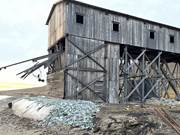
Arctic cultural heritage faces new threats as climate shifts. In this article we explore technical-industrial cultural heritage in Svalbard, what insights it offers, and how to preserve it on...
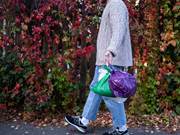
In order to achieve a circular future, waste treatment needs to evolve. A new report from SINTEF-led project, CircWtE, explores how to do just that. What happens to our waste affects us all...
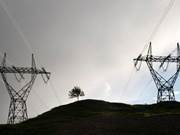
A longer life for transformers will lower the environmental footprint and reduce the use of resources, according to the authors. Photo: Helge Sunde/Samfoto/NTB Viewpoints This op-ed on how...
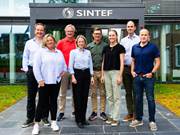
The European Investment Fund (EIF) is intensifying its support for Norwegian technology startups by making its third and largest investment to date in SINTEF’s seed fund. Combined with...

Only a minority of Norwegian municipalities are aware of whether or not their primary/lower secondary schools offer universal design. A recent SINTEF study also reveals that schools’ outdoor...